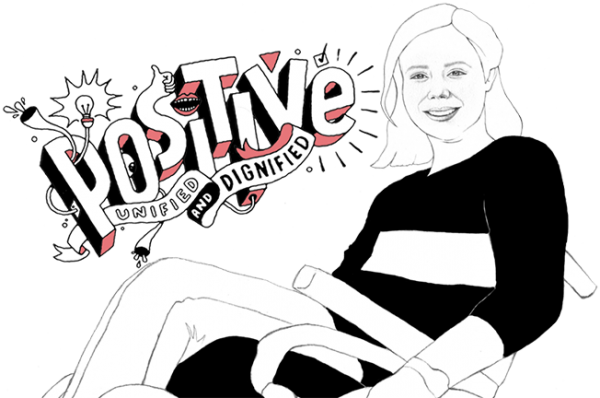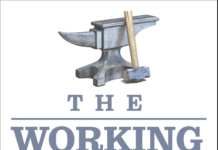
The Plan to Fix Rentals launched by Renters United today is a common sense response to the current broken rental market; its implementation would improve the lives of thousands of New Zealanders, not least those in the disability community, the Disabled Persons Assembly (DPA) says.
The rental market is a
particular issue for the disability community because:
· Disabled people are more likely to live in a rented home than non-disabled people. (38% of disabled people rent compared to 30% of the general population)
· Disabled people are more likely to live in cold damp homes (In a Statistics NZ survey 24% of disabled people living in rented houses reported both cold and damp, compared with 15% of non-disabled people. This is even worse for disabled Maori, Pasifika and Asian New Zealanders with 36%, 37% and 33% respectively living in inadequate housing.)
· The average weekly incomes of disabled people are just over half those of who are non-disabled – low incomes are linked to an ongoing reliance on rental accommodation.
· Many disabled people have the added difficulty of finding a home that is accessible (eg. appropriate for a wheelchair user or fully-fenced for a family of someone more likely to wander or run away, such as an autistic child)
DPA has worked with Renters United to ensure that the needs of the disability community are considered in the plan.
“Disabled people are more likely to rent, and are more likely to live in cold damp homes,” DPA Policy and Relationships Manager Dr Esther Woodbury says.
“A lack of accessible housing, let alone affordable accessible housing, means that disabled people struggle to find rentals and, when they do, they often end up making do with poor quality housing that doesn’t meet their needs.
“Security of tenure and the ability to make even small, much needed modifications to homes would make a huge difference for many disabled people. It would mean being able to install a ramp, rails or silent fire alarm (for people with hearing loss) and knowing that as you create a place that meets your needs, you are going to actually be able to stay there and make it your home.”
“Statistically disabled people are on much lower incomes, and this is compounded by additional disability-related expenses. Disabled people are often struggling financially and living in poor quality housing.”
“Addressing affordability and restricting rent increases is vital.”
“Disabled renters are also more likely to live in cold, damp homes. Having a Warrant of Fitness for rental properties that ensures all are warm and dry would mean a healthier home for the 24% of disabled renters who currently report that their homes are cold and damp.”
“It is also urgent that the Government address the lack of accessible homes in our housing supply. Only two percent of New Zealand’s housing stock is currently accessible, research from universal design organisation Lifemark shows.” “Many young disabled people who want to leave home find they can’t; the inability to find accessible housing a huge barrier to them being able to live good lives in the community.”
“At the other end of adulthood, it is predicted that 12 years from now one in five New Zealanders will be 65 or over. As people age, their accessibility needs increase. With this prediction it is crucial that housing accessibility is addressed sooner rather than later.”
“Implementing
the Plan to Fix Renting plan would ensure a rental market that provides safe, secure, healthy homes for all New Zealanders, which meet the accessibility needs people may have today, or in the future, as they stay in those homes and grow older.”






Wish you had stats on disabled + lengthy delays/complete unavailability in social housing.
Comments are closed.